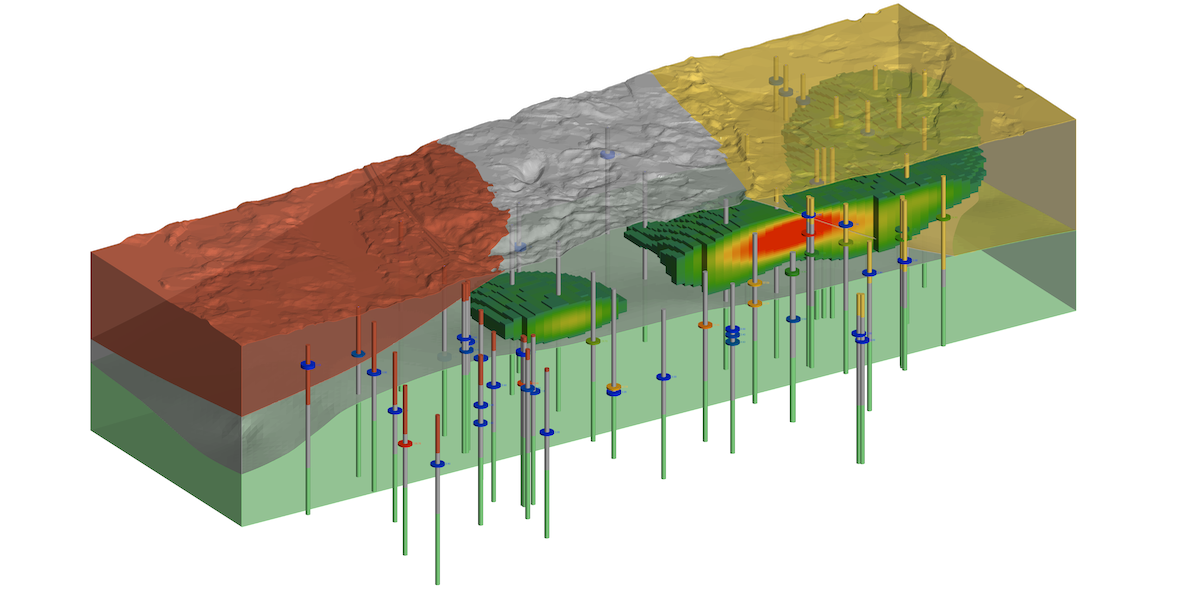
(Image: Tom Fisk/Pexels)
Mining, the process of extracting useful materials from the earth, cannot be done without producing a negative environmental impact. While the increasing use of renewable energy means there may be a reduction in mining for coal and other fossil fuels, this does not signal the end of humankind’s extractive industries. Instead, at best, it will merely lead to a shift in focus.
The electrification of transportation, for example, means valuable minerals such as lithium, manganese and cobalt are in high demand — not just for our cars, but for our phones and other electronic devices, too.
Mining is not going away, but that doesn’t mean it cannot advance to be better and safer while reducing the environmental impact.
“The biggest problem with mining today is the social license to operate,” said Thomas Krom, environment segment director at the infrastructure software company Seequent.
Seequent develops subsurface modeling technology that shows what is below the earth’s surface in a specific location. TriplePundit spoke to Krom, a hydrogeologist with a background in engineering, about the company’s software tools that are deployed in the mining industry.
The brute force of digging things out of the ground — a practice that goes back to the dawn of the Industrial Revolution — may seem like an unusual pairing with the high-tech, virtual world of software technology. But utilizing Seequent’s software makes the process of identifying resources to mine more efficient, Krom said.

This precision prevents random drilling and reduces environmental damage. For Seequent’s customers, it reduces the time needed to set up mining operations by providing highly accurate resource locations.
Without this software, locating a site for mining typically goes something like this: You start with a geological map that indicates that a certain resource is available to mine or look in areas where resources were found historically. Then, you sample and survey the land before any new mining operations begin to determine the likely location and viability of a mining project.
Traditionally, the survey would entail drilling holes in the ground. These days it's possible to survey land with electromagnetic remote sensing techniques, which involve gathering data about the earth by scanning it from above using a helicopter. This method allows greater areas of land to be surveyed more rapidly than older methods.
The important point to understand is the information these modern remote sensing techniques provide was impossible to get before — namely, measurements of resources up to thousands of feet beneath the surface. That’s game-changing compared with traditional surveying methods.
These electromagnetic surveys collect massive amounts of data, Krom said. That’s where Seequent comes in to make sense of all the information collected. Its software processes and filters the data and turns it into useful information. Then, it uses the data to create an accurate three-dimensional picture of the location of the different types of resources underground (see above).
The information can be continually updated, too. Even when drilling begins, new data can be fed back to update it. “The tool lets you always have the best possible understanding of what is around you, and if it’s a resource or not a resource,” Krom said.
Accurately understanding what is beneath the surface also leads to safer mining operations by, for example, knowing the structure and stability of the land around a proposed mining location. And by more accurately targeting resources, mining operations can also reduce waste streams and water usage.
The tools Seequent provides are not just valuable for mining minerals. The company's software is also used in collaboration with nongovernmental organizations to locate underground water resources and has even identified locations for safely burying nuclear waste, Krom said.
The software is deployed widely in lithium mining across the globe and can locate any mineral that is commercially mined today, Krom said. It allows these mining operations to be more targeted, efficient and less environmentally harmful.
While mining inevitably negatively impacts the environment and no tool in itself is able to prevent the poor policymaking that leads to a negative social or environmental impact, this software can certainly help to avoid negative impacts when it’s in responsible hands.

Phil Covington holds an MBA in Sustainable Management from Presidio Graduate School. In the past, he spent 16 years in the freight transportation and logistics industry. Today, Phil's writing focuses on transportation, forestry, technology and matters of sustainability in business.














